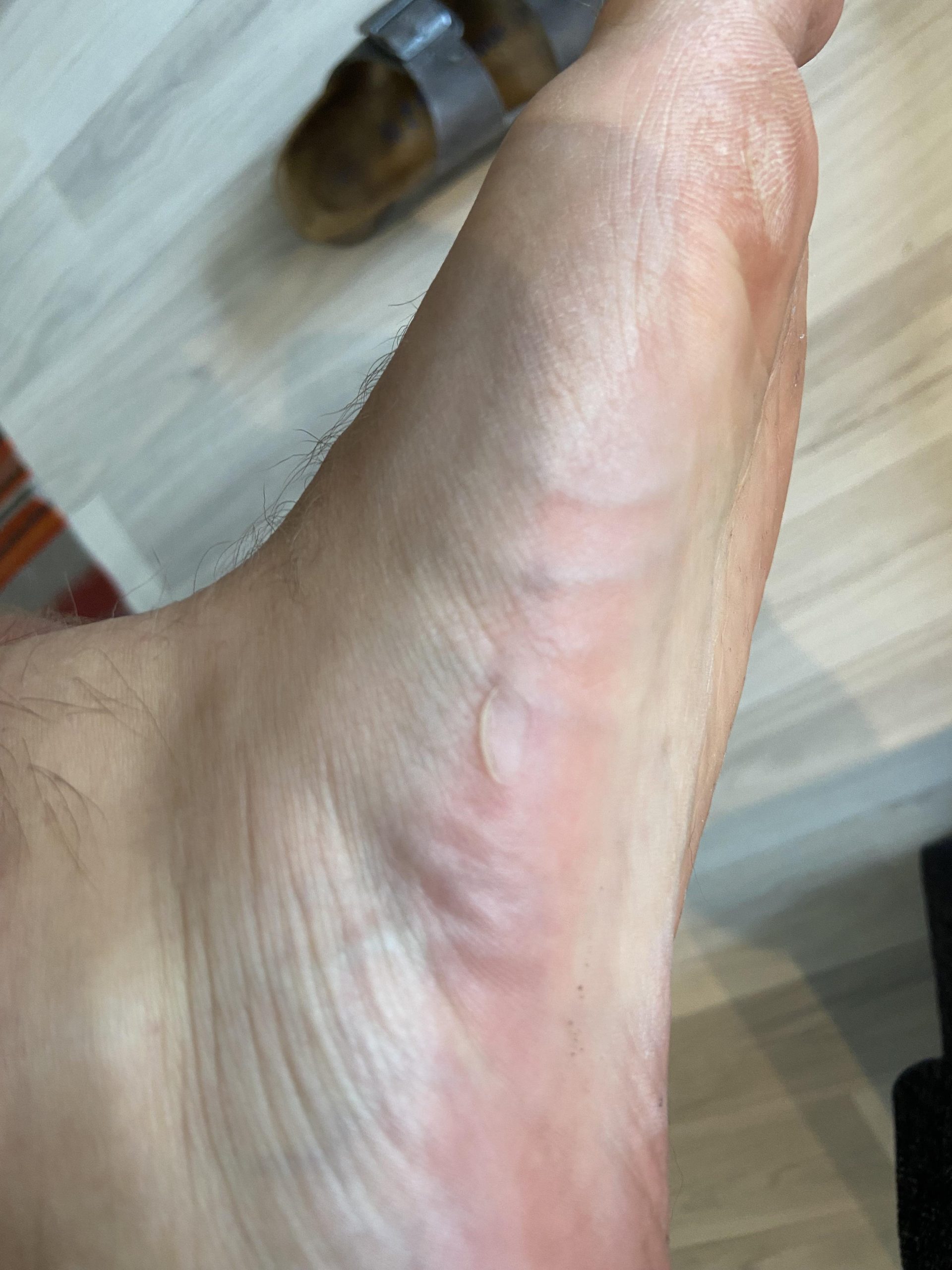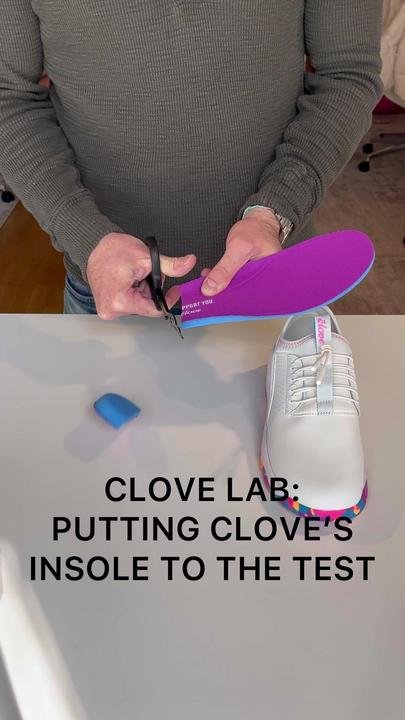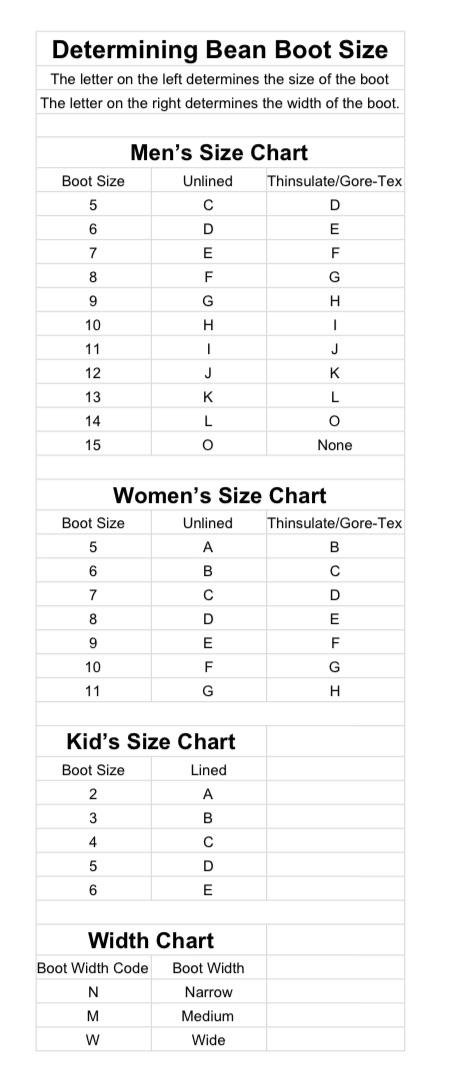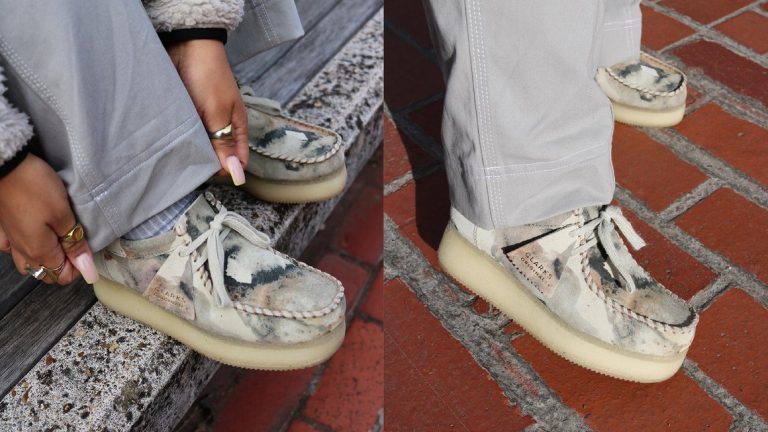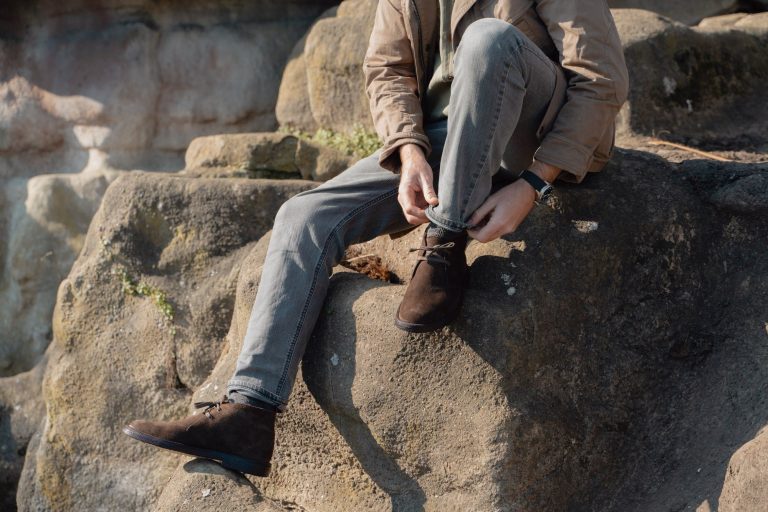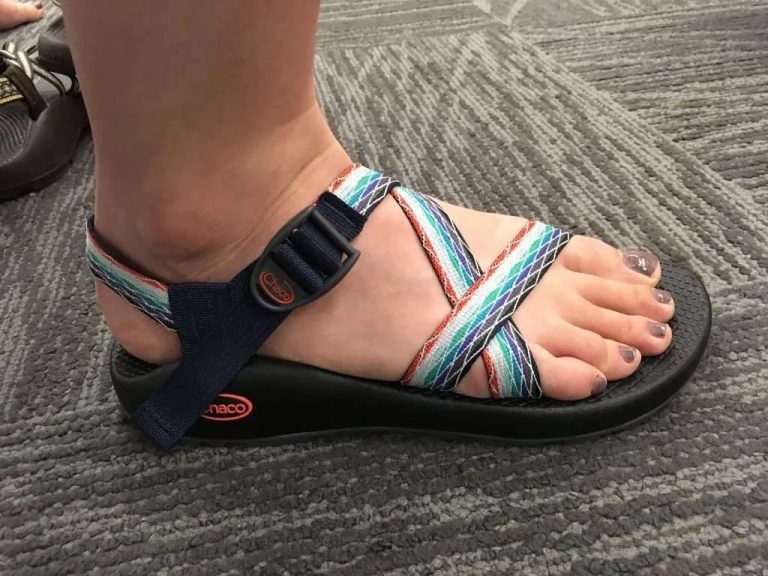Tired of dealing with painful blisters on your arches caused by your beloved Birkenstock sandals? We hear you. The good news is, you’re not alone in this predicament. Many Birkenstock enthusiasts have experienced the discomfort of arch blisters at some point. But fear not, because we’ve got some solutions up our sleeve to help you bid farewell to those pesky blisters for good. Here’s everything you need to know about preventing and treating Birkenstock arch blisters, so you can enjoy your favorite sandals without any discomfort. Let’s dive in!
Birkenstock Arch Blisters
Understanding Arch Blisters
Arch blisters can be quite uncomfortable and painful, especially if you are an avid walker or spend a lot of time on your feet. They are often caused by friction and pressure on the delicate skin of the arch area. Birkenstock sandals, known for their ergonomic design and superior comfort, are generally not associated with causing blisters. However, some individuals may experience arch blisters when wearing Birkenstock sandals due to various factors. In this article, we will delve into the causes of birkenstock arch blisters and explore possible prevention and treatment options.
Causes of Arch Blisters from Birkenstock Sandals
While Birkenstock sandals are renowned for their supportive footbed and quality craftsmanship, there are a few reasons why some individuals may develop arch blisters when wearing them.
1. Breaking-In Period
Like any new footwear, Birkenstock sandals require a breaking-in period. During this time, the footbed molds to the contours of your feet, providing maximum support and comfort. However, as your feet adjust to the sandals, friction and pressure can occur, leading to potential blisters.
2. Incorrect Sizing
Wearing Birkenstock sandals that are either too loose or too tight can increase the chances of developing blisters. If the sandals are too loose, your feet may slide around inside them, causing friction and rubbing. Conversely, if the sandals are too tight, they may create pressure points that lead to blisters.
3. Moisture and Heat
Excessive moisture and heat can exacerbate friction and increase the likelihood of blisters. When your feet perspire or come into contact with water while wearing Birkenstock sandals, the damp environment can contribute to blister formation.
4. Foot Structure and Conditions
Individuals with high arches or flat feet may be more prone to developing blisters. The natural alignment of the feet, combined with the pressure exerted on specific areas, can create friction and result in blisters. Additionally, foot conditions such as bunions or hammertoes can further increase the risk.
5. Incorrect Foot Placement
Improper foot placement while walking can cause undue stress on certain areas, leading to blisters. If your weight is unevenly distributed on the footbed of your Birkenstock sandals, it can result in friction and discomfort.
Prevention and Treatment
Fortunately, there are several preventive measures and treatments that can help alleviate and prevent arch blisters caused by Birkenstock sandals.
1. Correct Sizing
Ensuring you have the correct size of Birkenstock sandals is crucial. Visit a store and get properly measured to find the right fit. It’s important to remember that Birkenstock sandals should conform to the shape of your feet without causing excessive tightness or slippage.
2. Gradual Break-In
To minimize the risk of blisters, gradually break in your Birkenstock sandals by wearing them for short periods each day. This will allow your feet to adjust to the footbed and reduce friction.
3. Moisture Control
Keep your feet dry by using absorbent foot powders or wearing moisture-wicking socks. These measures help reduce friction caused by perspiration or dampness.
4. Protective Coverings
Consider using moleskin or blister patches to protect vulnerable areas of your arches. These adhesive pads act as a barrier between your skin and the sandal, minimizing friction and reducing the risk of blisters.
5. Foot Exercises and Stretches
Performing regular foot exercises and stretches can help strengthen the muscles and tendons in your feet, improving overall foot alignment and reducing the likelihood of blisters.
6. Proper Foot Placement
Ensure proper foot placement while walking by consciously distributing your weight evenly across the footbed of your Birkenstock sandals. This reduces pressure points and minimizes friction.
Birkenstock arch blisters can be both frustrating and painful, but with the right preventive measures and treatments, they can be effectively managed. By investing in properly fitting sandals, gradually breaking them in, controlling moisture, using protective coverings, and maintaining proper foot placement, you can enjoy the unparalleled comfort of Birkenstock sandals without the discomfort of blisters. Remember to listen to your feet, take breaks when needed, and seek medical advice if the blisters become infected or persist despite preventive efforts. With these precautions in place, you can confidently stride in your favorite Birkenstocks blister-free.
Profeet Arch Blister
Frequently Asked Questions
What causes blisters on the arches of Birkenstock sandals?
Blisters on the arches of Birkenstock sandals can be caused by friction and pressure from the foot rubbing against the footbed. This may happen if the sandals are too tight or if the foot is not properly aligned with the arch support. Blisters can also occur if the footbed becomes too slippery, causing the foot to slide and create friction. It is important to ensure a proper fit and alignment to minimize the risk of arch blisters.
How can I prevent blisters on the arches when wearing Birkenstock sandals?
To prevent blisters on the arches when wearing Birkenstock sandals, make sure you choose the right size. The sandals should not be too tight or too loose. Additionally, ensure that your foot is properly aligned with the arch support. It is recommended to gradually break in the sandals by wearing them for short periods initially, allowing your foot to adapt to the footbed. Using a foot powder or blister prevention stick on the arch area can also help reduce friction and prevent blisters.
What should I do if I already have blisters on the arches from wearing Birkenstock sandals?
If you already have blisters on the arches from wearing Birkenstock sandals, it is important to give your feet time to heal. Avoid wearing the sandals until the blisters have healed completely. Keep the blisters clean and apply a blister bandage or cushion to provide protection and promote healing. If the blisters become infected or do not heal within a few days, it is advisable to seek medical attention.
Can I wear socks with Birkenstock sandals to prevent arch blisters?
Wearing socks with Birkenstock sandals can help reduce friction and prevent arch blisters. However, it is important to choose socks that are thin and moisture-wicking to maintain the comfort and breathability of the sandals. Avoid wearing thick or cotton socks that may increase friction and cause discomfort. It is recommended to experiment with different sock options to find the most suitable combination for preventing arch blisters.
Are there any specific Birkenstock sandal models that are less likely to cause arch blisters?
Birkenstock sandals are known for their arch support and comfort, but individual preferences may vary. However, some Birkenstock models, such as the Arizona and Gizeh sandals, are designed with adjustable straps that ensure a secure fit and minimize the risk of blisters. The Milano and Mayari models also provide additional support and stability. It is recommended to try different models and find the one that best suits your foot shape and arch needs to minimize the likelihood of arch blisters.
Final Thoughts
In conclusion, Birkenstock arch blisters can be a significant source of discomfort for wearers. The structure and design of Birkenstock shoes, which prioritizes arch support, can sometimes lead to friction and irritation on the arches of the feet. While there are preventive measures and remedies available, such as using moleskin padding or adjusting the fit of the shoes, it is important for individuals to be aware of the potential for arch blisters when wearing Birkenstocks. By taking proactive steps to mitigate this issue, individuals can continue to enjoy the benefits of these popular and supportive footwear options without the discomfort of arch blisters.
